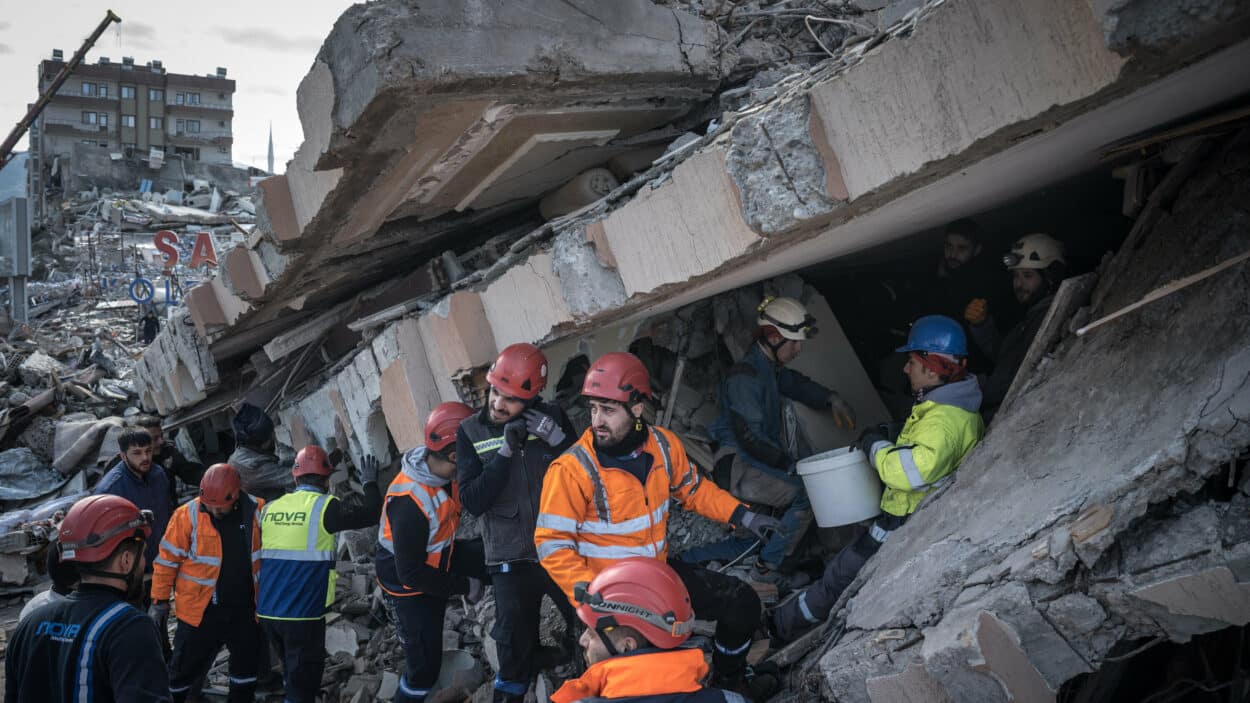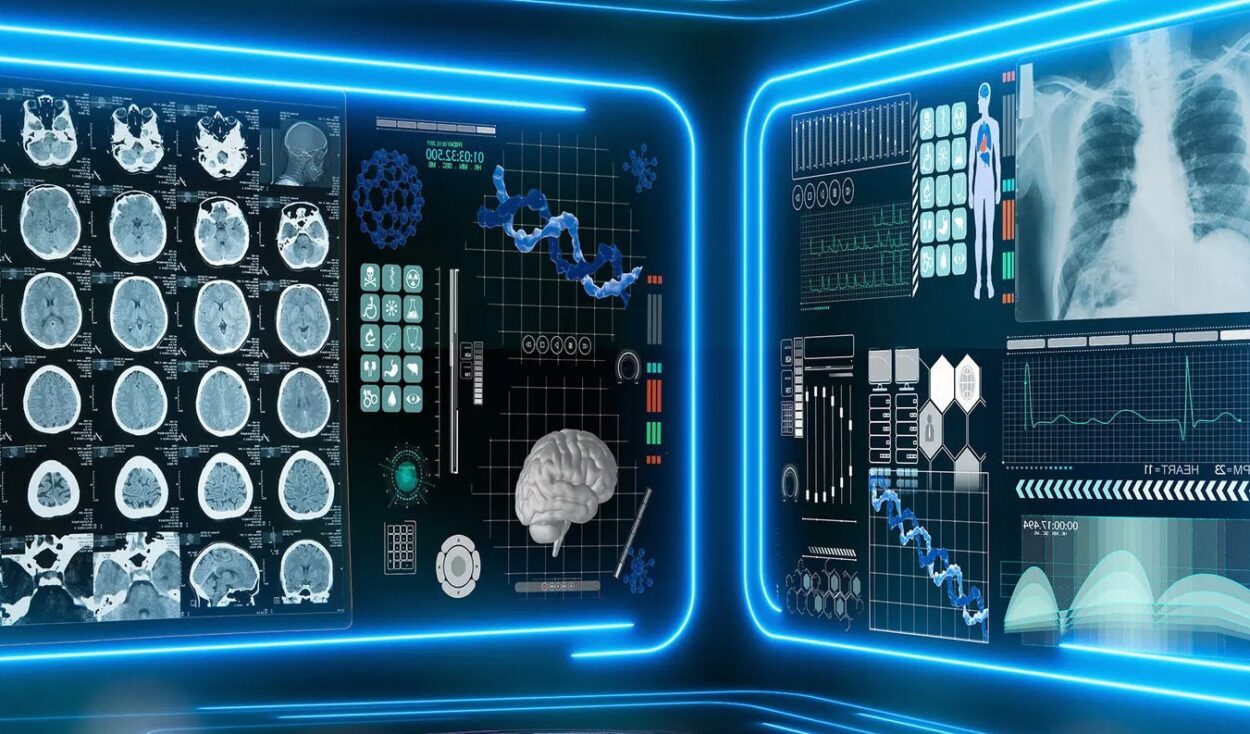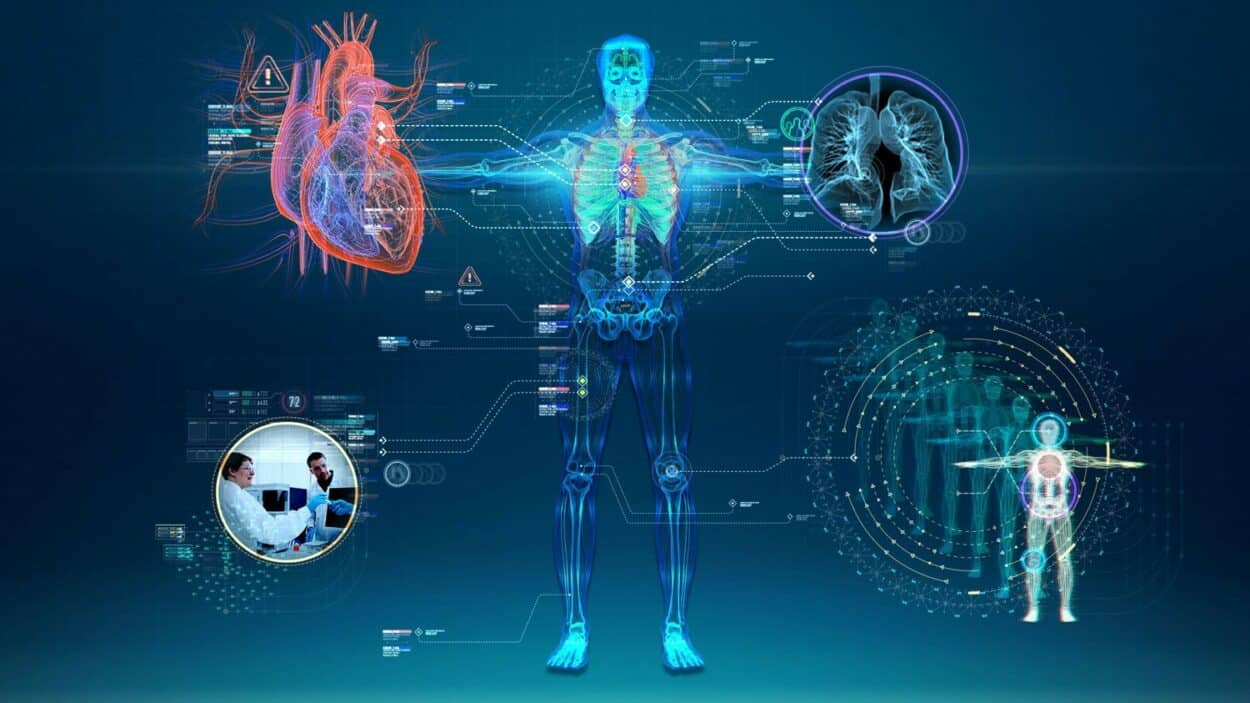This summer, MedicalExpo e-magazine is highlighting ten of its most popular articles published in 2023—an opportunity to review the cutting-edge innovations and digital technology that have made an impact in several healthcare sectors this year. Here is article #7. It was first published on March 10, 2023.
Advances, challenges and the pace of change in medical imaging were major topics at this year’s European Congress of Radiology (ECR) from March 1-5 in Vienna, Austria. Innovative developments in radiology within oncology, cardiovascular medicine, thoracic imaging and rheumatology were among the key subjects discussed. The Congress also returned to hot topics such as the use of artificial intelligence (AI), while homing in on new areas.
A More Environmentally Friendly Radiology
Dr. Sarah Sheard, a consultant radiologist at Imperial College Healthcare Trust, UK, discussed moving towards a more environmentally friendly radiology, for example. In her plenary lecture, she said:
“We are dealing with the very difficult paradox that healthcare accounts for approximately 4% of global greenhouse gas emissions.
It is a very environmentally damaging activity and one of the problems we have as radiologists is that our training has not given us the skills we need to measure environmental impact and make changes.”
She highlighted supply chain emissions in the use of personal protective equipment, syringes and imaging machinery, plus the impact of employee commuting and patient travel. She added:
“Moving people around, transport and changing temperatures of room air all contribute the most to our overall carbon footprint, so we have to think about how we can reconfigure our services.”
Radiology for Identification
Another new topic was the increasing employment of radiology for disaster victim identification (DVI). Radiologist Dr. Thomas Ruder, of the University Hospital Inselspital, Switzerland, said:
“The use of radiology for identification and DVI has seen a transition from X-ray to post-mortem CT.
CT is much more versatile for identification, but the scenario and condition of an incident will determine what is used. It will depend on what the incident is, what happened to the infrastructure and what imaging modalities you have available—and what kind of ID are you looking at.
But images can be very important in establishing a biological and medical profile of an unknown individual.”

AI in Diagnosis and Treatment
The adoption of AI in imaging featured significantly, with delegates discussing the promise it held to revolutionize diagnosis, treatment and workflow, as well as its challenges.
At a session entitled Artificial Intelligence in Breast Imaging: Chances, Challenges, and Concerns, Daan Hellingman, Clinical Collaboration Manager in Women’s Health at Siemens Healthineers, Germany, said:
“AI is a very hot topic in medical imaging. If you watch all the scientific sessions at ECR, almost half of them will at least mention AI once.”

The discussion considered how receptive women are to the use of AI in the diagnosis and treatment of breast cancer. Radiographer and Head of the Norwegian Breast Cancer Screening Program, Prof. Solveig Hofvind, said:
“If AI is used in screen reading it should be based on evidence that it is as good or better than a human reader.
We asked 8,000 women who participated in Norwegian breast cancer screening programs if they were willing to participate in a study where we also used AI and about 80% said yes.”
Obstacles to AI Adoption
During What is Driving the Pace of Change to AI Adoption, Simon Philip Rost, Global Leader for Enterprise Digital Solutions at GE Healthcare, looked at the benefits of AI. He explained:
“At this point in time, you can apply AI towards the entire workflow in radiology, from scheduling to augmented reading and even automating reporting.
The use cases I see include triage and automation. In augmented reading, AI can help see something that it’s likely the human eye would not be able to detect directly, and it increases the confidence of the radiologists.”

According to him, obstacles to adoption included negative stories about AI, concerns about data storage and the acceptance of patients and healthcare professionals. He added:
“Another big one is the interoperability of systems. We are not yet able to harness all the power of the medical imaging data we have out there, so making our systems talk to each other is a barrier.
Then, there is the question of cost—the economic value exchange has to be put on paper and completed. Total economic impact needs to be modeled.”
Digital Healthcare, the Future Norm
At a symposium session on AI Sparking the Cycle of Change, Dr. Cem Calli, Dept of Radiology, Ege University Hospital, Turkey, discussed how AI could assist in improving the diagnostic accuracy of brain hemorrhages. He showed an example of AI detecting an injury that would otherwise have been missed in a one-year-old. He said:
“The software is like having someone sitting next to me and helping me to have a second look.
If I miss something then the software might pick it up or perhaps if the software misses it then I won’t. It is like looking with more than two eyes.”
Dr. Marwan M Hadda, Head of the Imaging Department at Mount Lebanon Hospital, Beirut, looked at the role of AI in the early detection of lung cancer. He explained:
“It has been proven that while using AI the turnaround time for reporting abnormal chest X-rays reduced by 44%. So these developments shouldn’t be considered a threat but more of an opportunity.”
He added:
“Like digital banking, digital healthcare will be the future norm. By integrating smart solutions into the healthcare system as a whole, we can save a tremendous amount of money and enhance healthcare delivery.”











